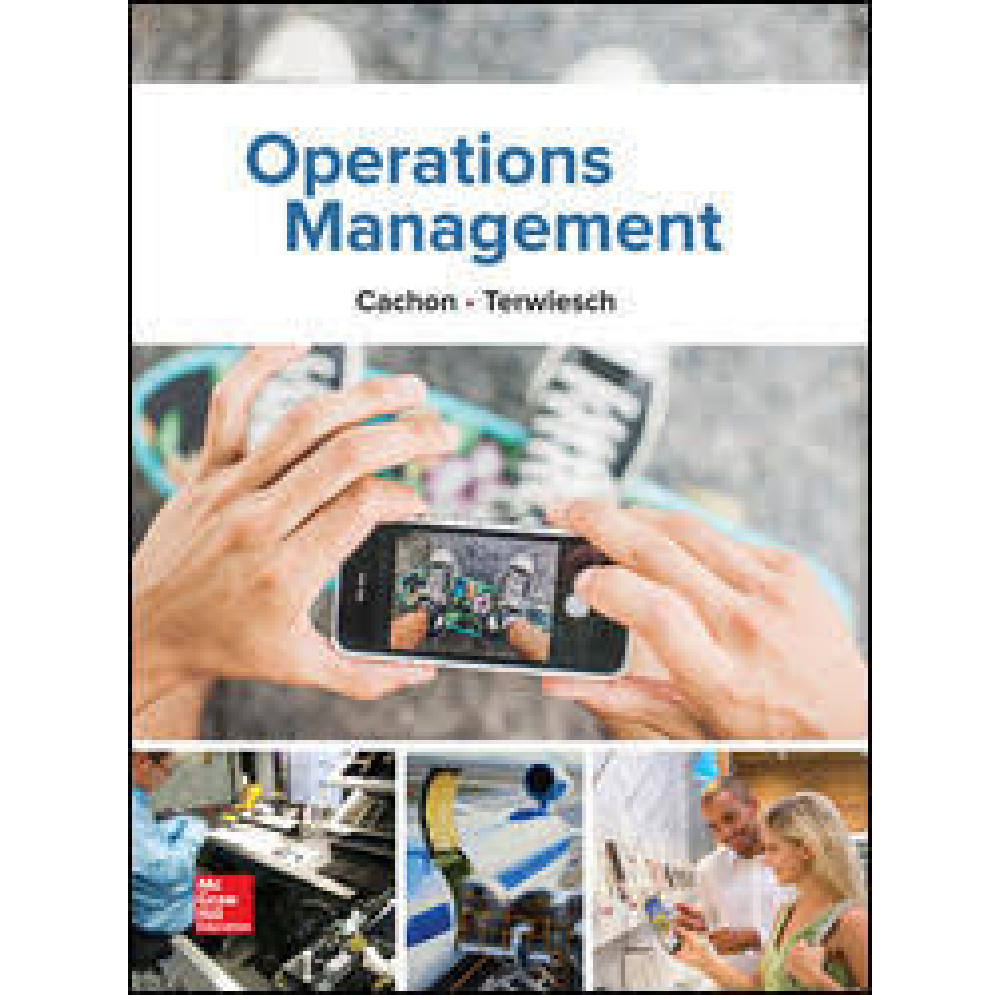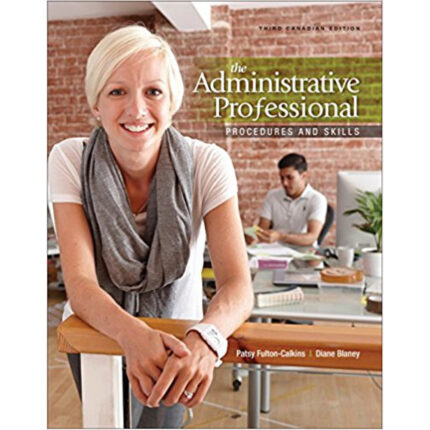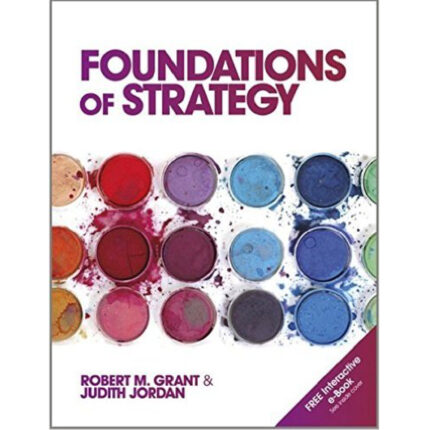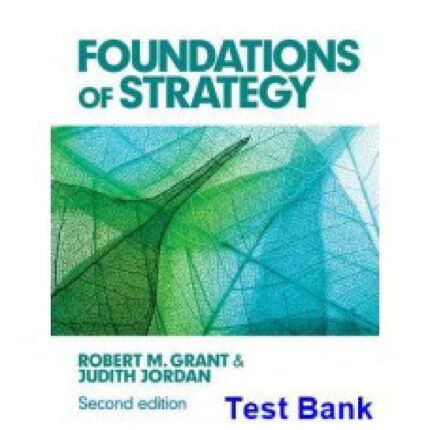Operations Management 1st Edition By Cachon – Test Bank
Chapter 11 Test Bank KEY
1. A supply chain with a distributor has more product handling than one without a distributor.
TRUE
A supply chain with a distributor has to do extra loading and unloading at the distribution center and therefore has more product handling than one without a distributor.
AACSB: Analytical Thinking
Accessibility: Keyboard Navigation
Blooms: Understand
Difficulty: 2 Medium
Learning Objective: 11-01 Explain the roles and value of each layer within a supply chain.
Topic: Supply Chain Structure and Roles
2. Tier 2 suppliers are primary suppliers to manufacturers.
FALSE
Tier 2 suppliers are primary suppliers to tier 1 suppliers.
AACSB: Analytical Thinking
Accessibility: Keyboard Navigation
Blooms: Remember
Difficulty: 1 Easy
Learning Objective: 11-01 Explain the roles and value of each layer within a supply chain.
Topic: Supply Chain Structure and Roles
3. Inventory availability is a service metric to evaluate the performance of a supply chain.
TRUE
Inventory availability measures the extent to which customers’ demands are satisfied. Therefore, it is a way to evaluate the performance of a supply chain from a service perspective.
AACSB: Analytical Thinking
Accessibility: Keyboard Navigation
Blooms: Remember
Difficulty: 1 Easy
Learning Objective: 11-02 Explain the metrics used to evaluate the performance of a supply chain.
Topic: Metrics of Supply Chain Performance
4. Lead time is a way to measure the availability of inventory.
FALSE
The lead time is the time between when an order is received and when it is delivered. It depends on the availability of inventory.
AACSB: Analytical Thinking
Accessibility: Keyboard Navigation
Blooms: Understand
Difficulty: 2 Medium
Learning Objective: 11-02 Explain the metrics used to evaluate the performance of a supply chain.
Topic: Metrics of Supply Chain Performance
5. Managers are much more prone to underinvest in flexibility when the product is innovative than to overinvest in flexibility when the product is functional.
TRUE
It is harder to quantify flexibility than costs and to regard a product as innovative as opposed to functional. Therefore, managers tend to underinvest in flexibility when the product is innovative.
AACSB: Analytical Thinking
Accessibility: Keyboard Navigation
Blooms: Understand
Difficulty: 2 Medium
Learning Objective: 11-03 Explain the differences between tactical and strategic decisions and the main trade-offs in making strategic decisions.
Topic: Supply Chain Decisions
6. Online retailing is a supply chain strategy that attempts to increase profit by reducing variability and increasing flexibility associated with product variety.
TRUE
Online retailing as a supply chain strategy attempts to gain additional profit by reducing variability and increasing flexibility associated with product variety.
AACSB: Analytical Thinking
Accessibility: Keyboard Navigation
Blooms: Remember
Difficulty: 1 Easy
Learning Objective: 11-05 Explain and evaluate different supply chain strategies for improving performance and enhancing competitiveness.
Topic: Supply Chain Strategies
7. A supply chain for goods and services consists of a __________ of firms and locations that begins with __________ and ends with _________.
A. merging, public entities, private entities
B. merging, private entities, public entities
C. network, final users, raw materials
D. network, raw materials, final users
A supply chain for goods and services consists of a network of firms and locations that begins with raw materials and ends with final users.
AACSB: Analytical Thinking
Accessibility: Keyboard Navigation
Blooms: Remember
Difficulty: 1 Easy
Learning Objective: 11-01 Explain the roles and value of each layer within a supply chain.
Topic: Supply Chain Structure and Roles
8. A supply chain that involves suppliers of raw materials in Germany, manufacturers in China, distributors in Spain, and retailers in the United States has ______ different levels or stages.
A. 5
B. 4
C. 3
D. 2
There are four different levels in the given supply chain: suppliers, manufacturers, distributors, and retailers.
AACSB: Analytical Thinking
Accessibility: Keyboard Navigation
Blooms: Remember
Difficulty: 1 Easy
Learning Objective: 11-01 Explain the roles and value of each layer within a supply chain.
Topic: Supply Chain Structure and Roles
9. Which of the following statements is TRUE regarding a supply chain of physical products?
A. A supply chain must have five levels.
B. A supply chain must involve global companies.
C. A supply chain must start with raw materials.
D. A supply chain must have distributors.
A supply chain starts with raw materials and ends with final users.
AACSB: Analytical Thinking
Accessibility: Keyboard Navigation
Blooms: Understand
Difficulty: 2 Medium
Learning Objective: 11-01 Explain the roles and value of each layer within a supply chain.
Topic: Supply Chain Structure and Roles
10. Which of the following statements is TRUE regarding tier 1 suppliers?
A. Tier 1 suppliers are the starting point of a supply chain.
B. Tier 1 suppliers are the primary suppliers to tier 2 suppliers.
C. Tier 1 suppliers are the primary suppliers to manufacturers.
D. Tier 1 suppliers are the primary suppliers to retailers.
Tier 2 suppliers are the primary suppliers to tier 1 suppliers, who are in turn the primary suppliers to manufacturers.
AACSB: Analytical Thinking
Accessibility: Keyboard Navigation
Blooms: Understand
Difficulty: 2 Medium
Learning Objective: 11-01 Explain the roles and value of each layer within a supply chain.
Topic: Supply Chain Structure and Roles













Reviews
There are no reviews yet.